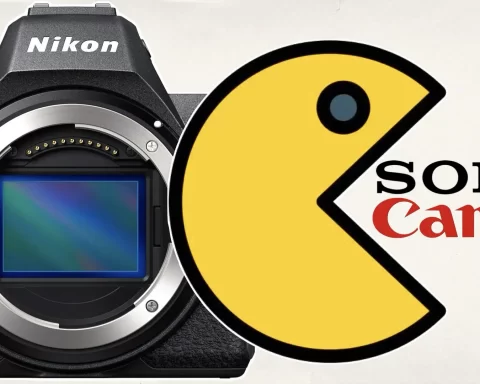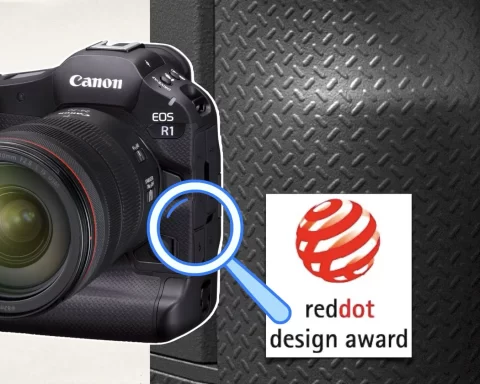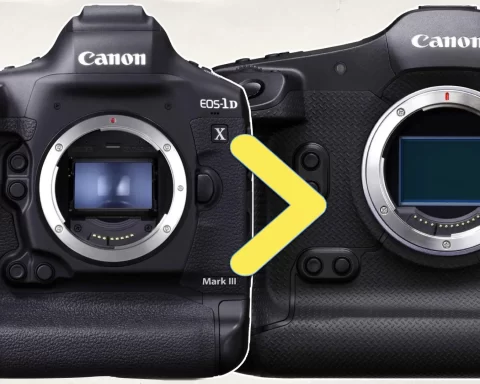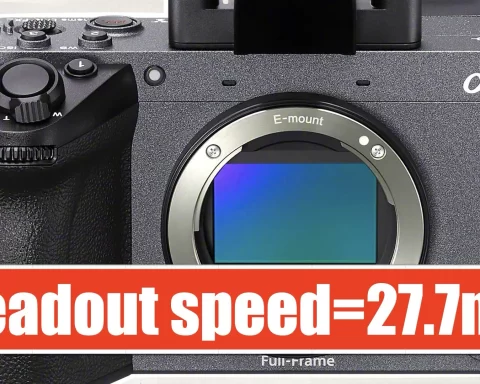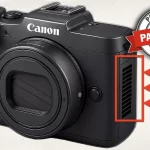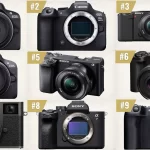Veteran documentary filmmaker Neal Broffman shares with is his experience and knowledge when shooting the four-part series Wasteland (produced for CBS and available on Paramount+). This complex job was done with the help of Canon Cinema EOS cameras. Read on about the challenges of documentary filmmaking and tips on how to get your film out there.
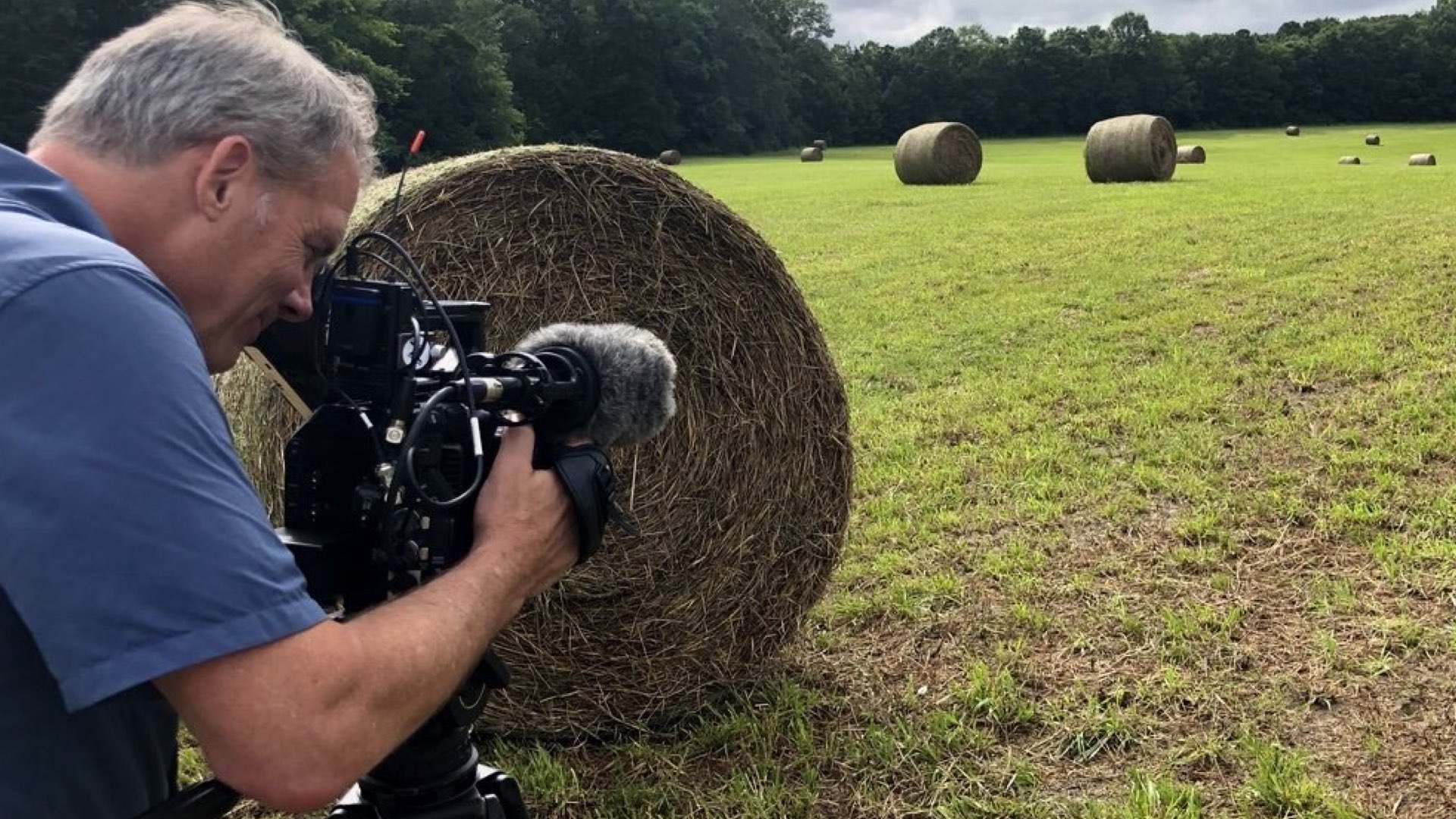
Wasteland
Wasteland is a four-part series which has produced for CBS and available on Paramount+, that examines the terrible impact waste is having on America’s waterways and the challenges people must overcome to preserve their health. This is the synopsis: “The world’s wealthiest nation hides a problem you’ve never thought about, but can no longer ignore. Too much waste, and an inadequate way to clean it up. Failing septic tanks and collapsing sewer lines are shooting raw waste into people’s homes. Untreated sewage is poisoning rivers and polluting coastlines. Wasteland examines how we got here, and whether overproduction of waste and crumbling infrastructure can keep up before the problem blows up in our faces”. Wasteland was shot by veteran cinematographer Neal Broffman who trusted the Canon’s EOS C500 Mark II and EOS C300 Mark II. We interviewed Broffman regarding the making of this important project. Read the interview below.
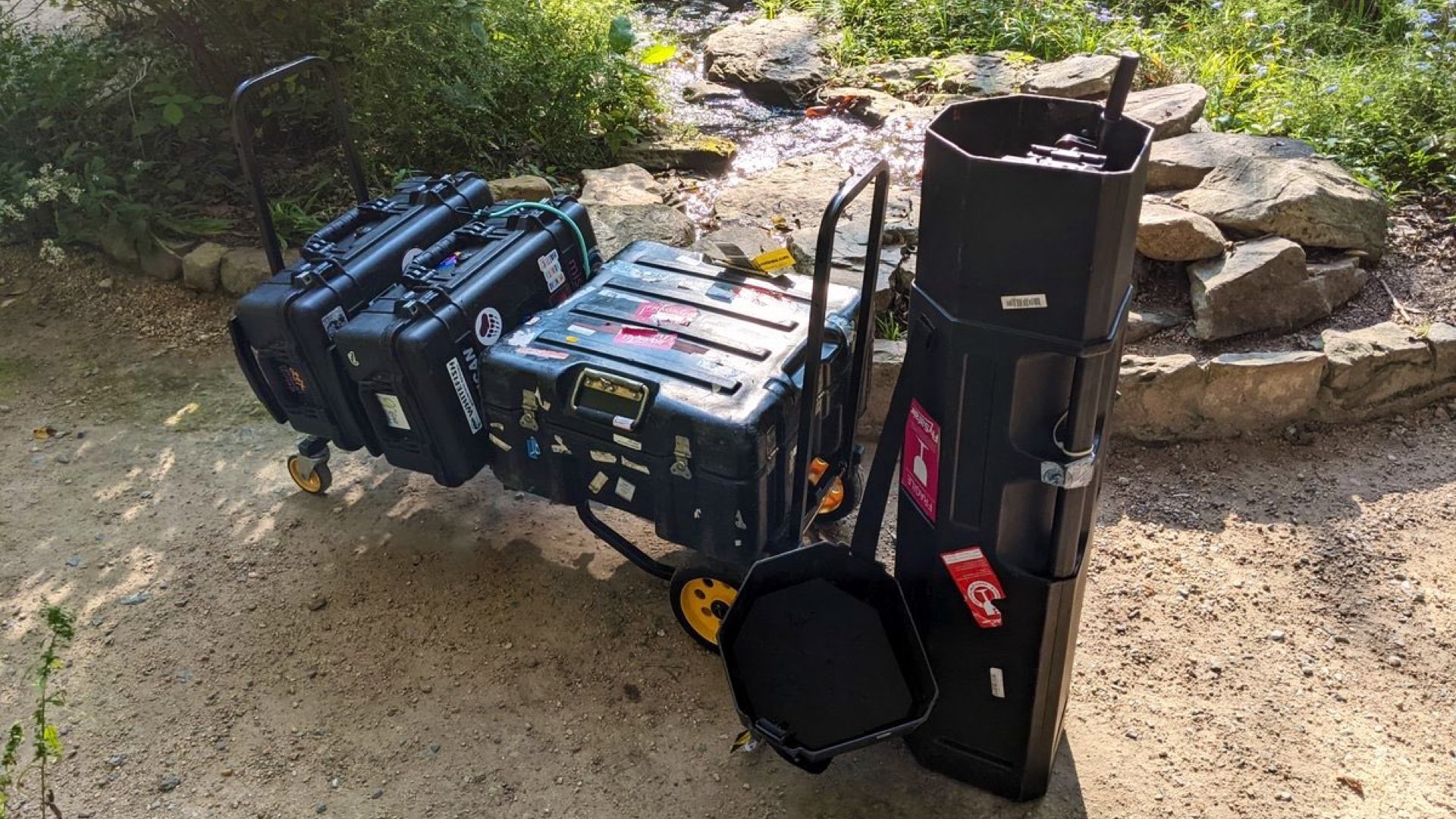
You can only be in one place at one time with one camera and one lens attached to that camera. That’s what it always boils down to. You focus on what is in front of you and let the rest go. And when you hit the edit room you will have what you need.
Filmmaking career
Please let the readers know about yourself (short bio focused on your filmmaking career).
I was introduced to photography when I was growing up. My father was a brilliant photographer whose work, today collected in numerous major museums, focused on the Civil Rights Movement and social protests that defined the 1960s. Watching him work and learning about the entire process of black and white photography was the impetus for me to pursue a career in news and documentary production. I spent a number of years based in London, Rome, and Moscow working for CNN as a videographer. I covered the first Gulf War, the intervention in Somalia, the first elections in South Africa, the war in Bosnia, the collapse of the Soviet Union, and the economic collapse that occurred after, and many other defining events of that era. Throughout this period I also edited the material I filmed which allowed me, when I left newsgathering, to work on projects from beginning to end. My production partner, Elisa Gambino, has spent years producing independent documentaries as well as short films focused on Global Public Health. Our recent major work includes Help Us Find Sunil Tripathi (available on Amazon), Welcome to Pine Lake (acquired by CBS and available on Paramount+), and the just-released four-part series Wasteland (produced for CBS and available on Paramount+). Elisa was the executive producer of the 2021 Oscar-nominated documentary short A Love Song for Latasha on Netflix.
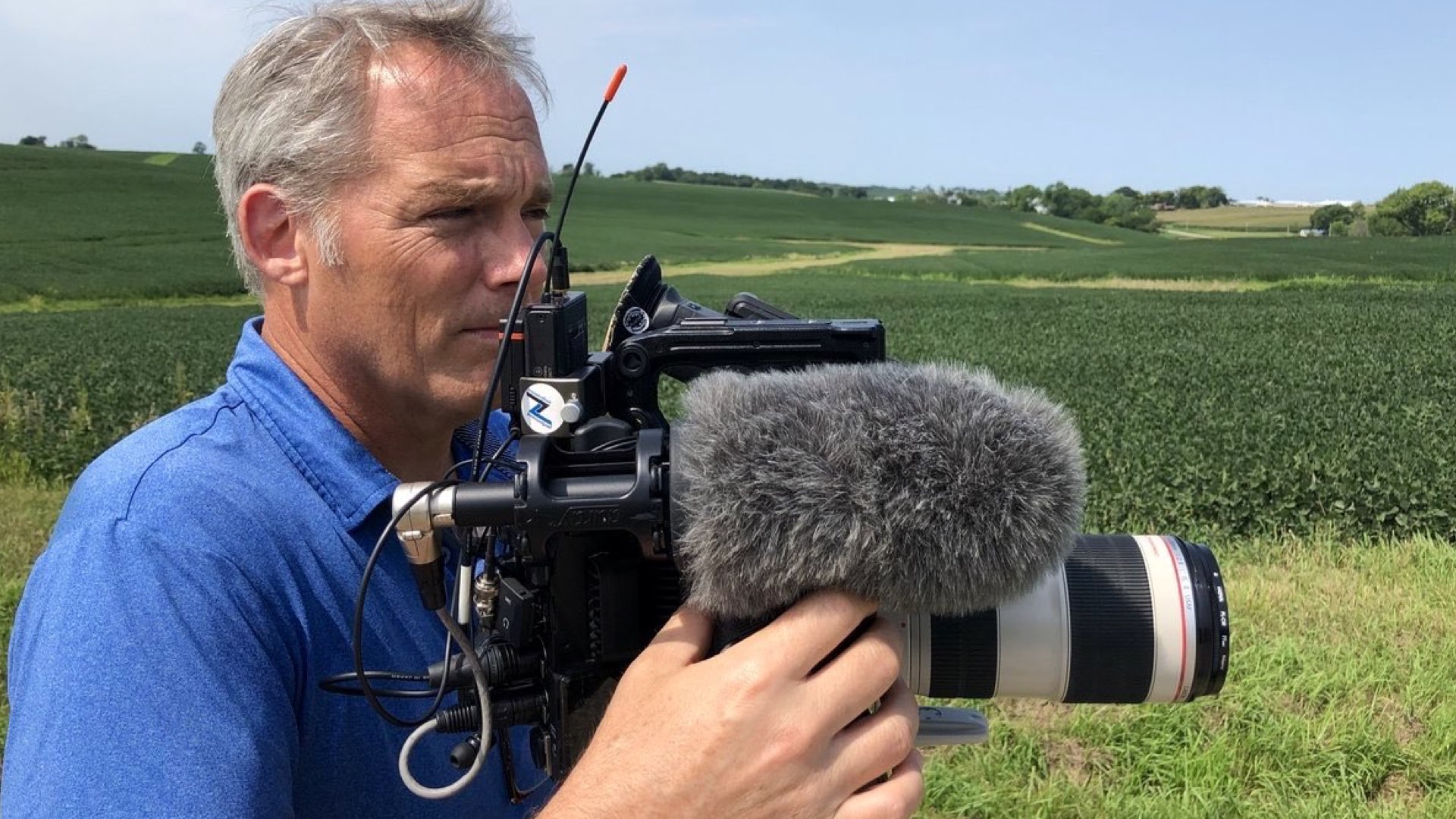
I was introduced to photography when I was growing up. My father was a brilliant photographer whose work, today collected in numerous major museums, focused on the Civil Rights Movement and social protests that defined the 1960s.
Choosing the Canon EOS Cinema cameras
Why did you choose to shoot with Canon EOS cinema cameras? Have you considered using other cameras for this project?
I have worked with the Canon EOS cinema cameras since the C300 was first introduced. After the C300 I moved to the C300 MK2 and today I work with the C500 MK2. I chose the Cinema EOS line of cameras for a number of reasons. It goes without saying, but I will say it anyway, the cameras produce just beautiful images! They are also designed to be in the actual hands of a filmmaker. The C500 MK2 and the cameras I owned previous to are designed to be held and this works beautifully with my style of work, mostly observational documentary. My approach to the documentary work we produce is to be minimal. This is, actually, a necessity because we often travel to extremely remote locations. I pair my kit down to the essentials. We travel with two pelican cases for carry-on – one with lenses and the other with the camera and its accessories, a checked tripod case and a small anvil case with chargers and accessories and two checked personal bags. The computers and drives are also carried on. I like to work with an EasyRig and this allows me to film for very long periods of time which, in turn, helps me to create an atmosphere where my “presence” is minimized. The C500 MK2 is so responsive to my needs, ergonomically and technically, that the process of filming becomes an internal creative dialog with myself as opposed to a process that becomes limited by technical considerations and camera shortfalls. When I worked in newsgathering I worked with other cameras but everything just seemed to come together for me in my workflow when the C300 first came out and has gotten better and better with each new iteration of the camera.
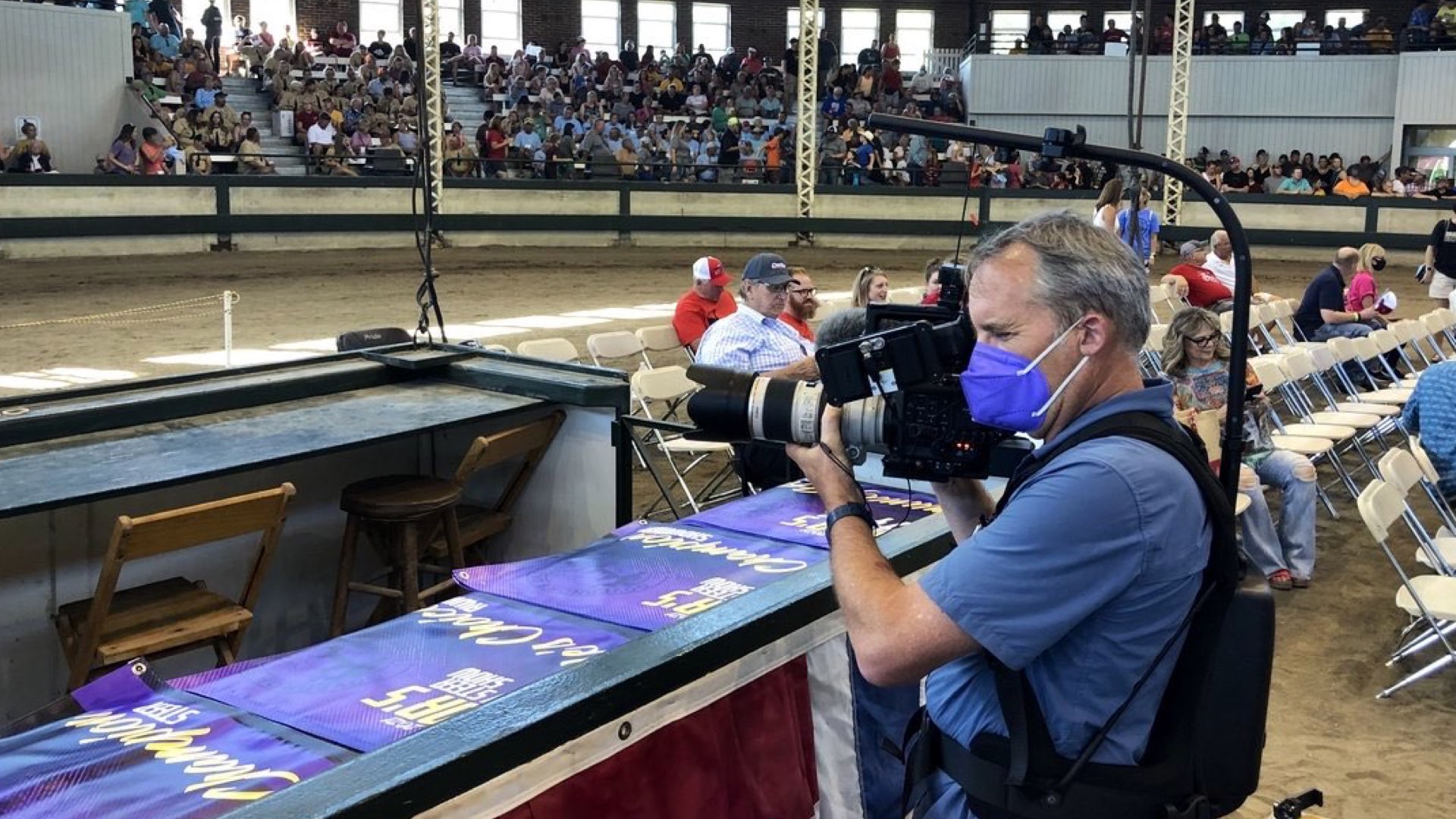
Canon EOS Cinema cameras produce just beautiful images! They are also designed to be in the actual hands of a filmmaker.
Lenses for doc missions
Please elaborate on the lenses paired with the cameras.
I use a variety of lenses, prime and zoom, in my work. My kit includes a number of L series lenses, the 16-35 f2.8, 24-70 f2.8 II, 24-105 f4, and 70-200 f2.8 III. In addition to my Canon 85mm f1.8, I also have several vintage prime lenses from my father’s kit. These are lenses from the early to mid-1960s that I have had de-clicked for smooth aperture adjustments. All of my lenses are fast and paired with the wide ISO range of the C500 MK2 I can work in the most challenging of situations. This is especially important because, aside from formal interviews, I do not introduce artificial light on location. What you see is what you get.

I also have several vintage prime lenses from my father’s kit. These are lenses from the early to mid-1960s that I have had de-clicked for smooth aperture adjustments.
Picture profiles and codecs
Which codecs did you choose? How did it perform in post?
I typically film using 4:2:2 10-bit XF-AVC 410Mbps at 23.976 fps. I like to use the Canon Log2 C-Gamut which I think is very robust in post and is great for grading low light scenes in post. My work does not lend itself so well to RAW because of the extended time spent filming. Because we often travel to extremely remote locations for the Global Health work we do it is just not feasible due to the enormous amount of disk space required.
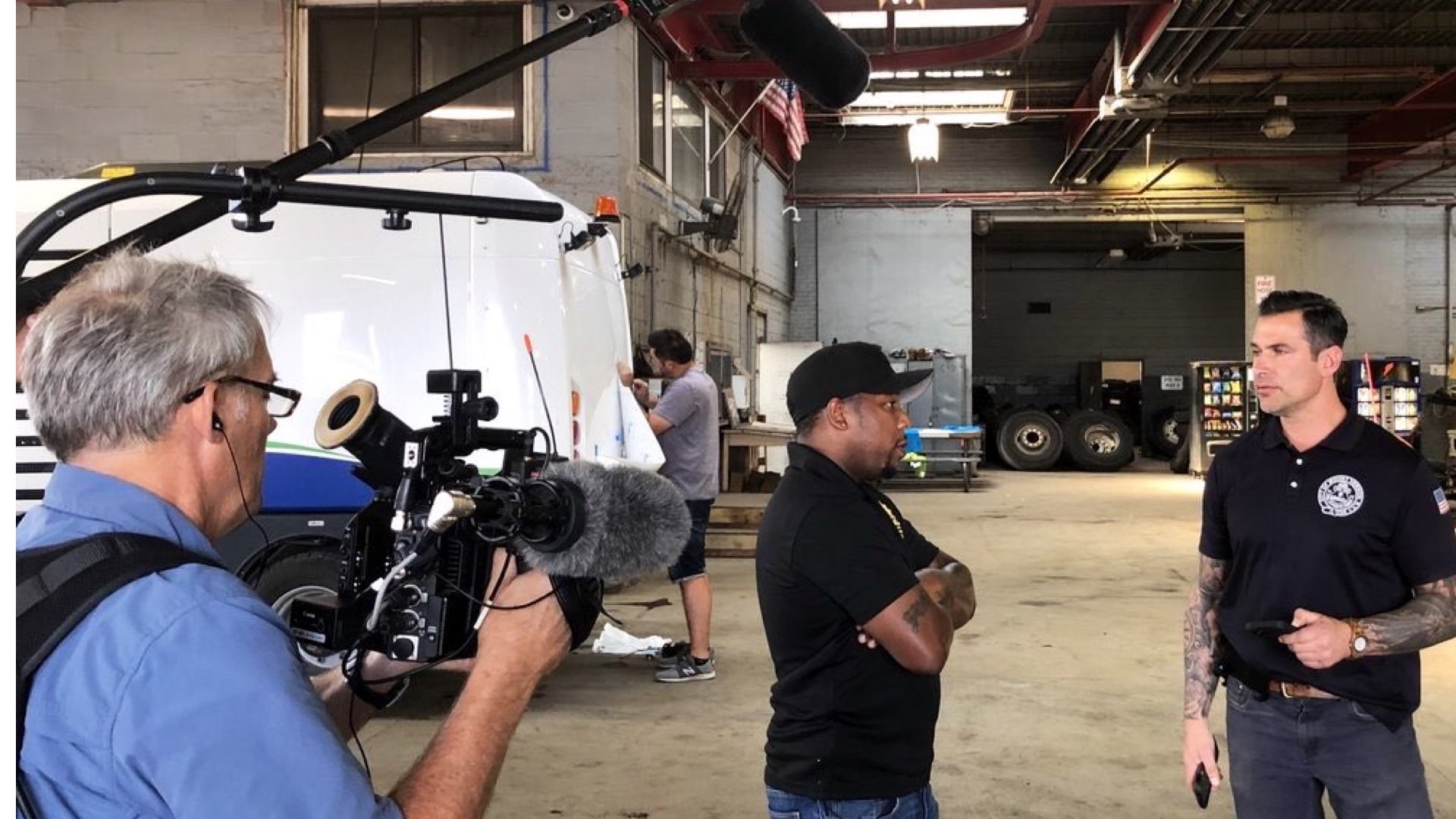
I typically film using 4:2:2 10 bit XF-AVC 410Mbps at 23.976 fps. I like to use the Canon Log2 C-Gamut which I think is very robust in post and is great for grading low light scenes in post.
From FCP 7 to Premiere Pro
Which NLE did you choose to edit the project, and why?
The series we just finished, Wasteland, looks at waste infrastructure in the US. We looked at four specific areas of focus: waste from hog farming and its impact on water in Iowa, the effects of leaking septic systems along the southwest Florida coast, the lack of adequate/available working septic systems in rural Lowndes County, Alabama, and the decay of sewage infrastructure under the streets of Mt. Vernon, NY that has resulted in sewage backups into homes and businesses in the city on a daily basis. I edit using Adobe Premiere Pro. For years, like a lot of other editors, I used FCP but I made the switch when Apple re-designed the application after FCP7. Premiere Pro picked up where FCP 7 stopped. It works for me and, despite the occasional bugs and hiccups inherent in most of the NLEs, it works for me. I like it. For grading, I use a combination of Premiere Pro and Resolve. For the audio post-production, I work with Allied Post in Los Angeles where Woody Woodhall and his team work their magic.

I used FCP but I made the switch when Apple re-designed the application after FCP7. Premiere Pro picked up where FCP 7 stopped. It works for me and, despite the occasional bugs and hiccups inherent in most of the NLEs, it works for me.
Combination of FF and S35
The c500 Mark II has an FF sensor compared to the S35 in the C300. How did you utilize these sensors? Which shots preferred going FF (full-frame) and which were chosen to be shot on s35?
Wasteland was filmed with two cameras. Rich Brooks of Array Films was on the C300 MK2 and I was on my C500 MK2. The cameras work really well together. Getting them to match was super easy. Of course, the C500 has a full-frame sensor and the C300 does not. I love the full-frame sensor mostly because it truly takes advantage of the beautiful Canon lenses and maximizes the DOF of those faster lenses. We compensated for the difference in the two cameras mainly with lens selection. We factored in distance from the subject (Adam Yamaguchi is the viewer’s guide in the series and we filmed his interactions with the main subjects) and chose lenses accordingly but dictated by the full-frame sensor.
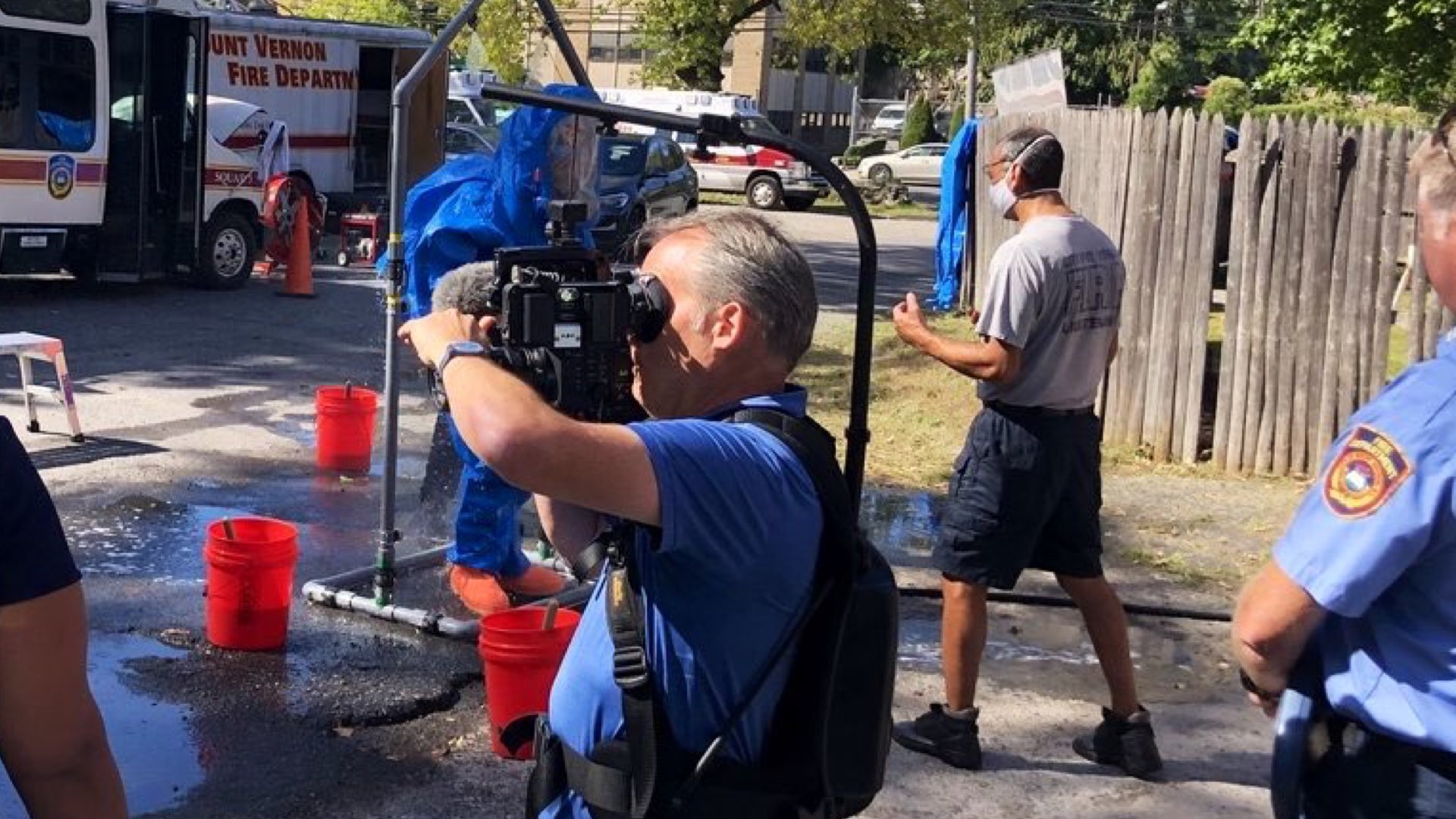
I love the full-frame sensor mostly because it truly takes advantage of the beautiful Canon lenses and maximizes the DOF of those faster lenses. We compensated for the difference in the two cameras mainly with lens selection.
C500 vs. C300
What are the pros and cons of the C500 compared to the C300, and vice versa?
For me, the biggest plus of the C500 over the C300 is the sensor. In addition to the lens advantage, I think the image just looks better. The C500 has a better LCD screen, also. It is a touch screen that allows quick autofocus checks. As I mentioned earlier, I like to be super minimal when filming so I have added a SmallHD EVF (the Sidefinder, unfortunately, discontinued but I just love it). The Sidefinder quickly switches from EVF to flip out LCD so I can go back and forth depending on the action I am filming. On the EasyRig I can instantly move from shoulder level filming through the EVF to floor level with the LCD. This is not possible using a built-up shoulder-mounted camera. This works for me. The C300 has a better fully compacted feel to it. This is mainly because the 500 has add-ons for the back of the camera to expand its capabilities. On a minor level, I think Canon would have nailed the new handle design had they kept the threaded holes from the C300 handle on the C500 handle. Not sure why something like that was left off the new design.
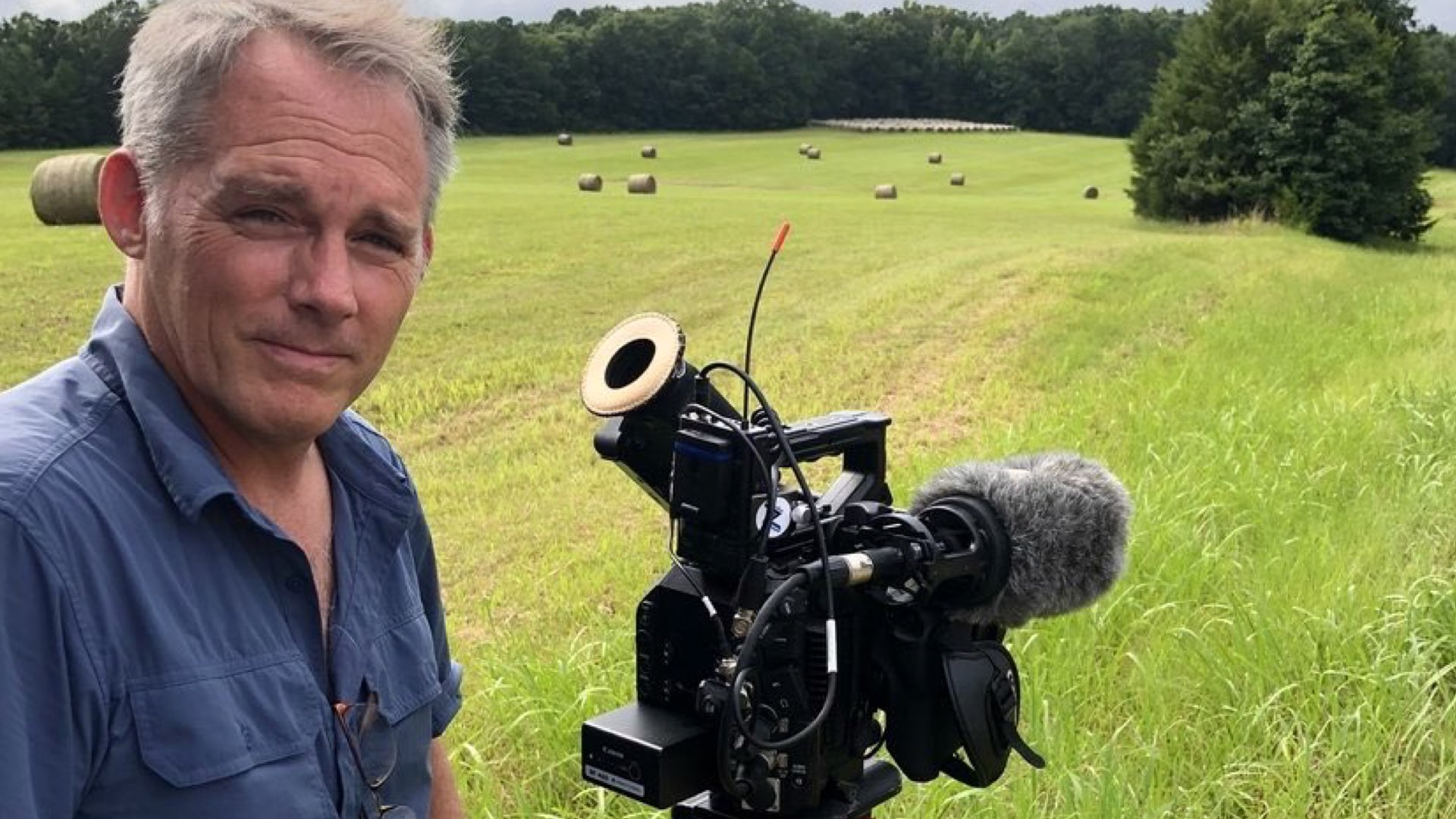
For me, the biggest plus of the C500 over the C300 is the sensor. In addition to the lens advantage, I think the image just looks better.
Aspect ratio: An important factor
What would you do differently (cinematography-wise)?
This is the question that everybody asks themselves when going into a new project. The answer is usually “more time”. But in documentary work, you have to deal with the time you are given. There are no do-overs without entering into unacceptable ethical transgressions and I do not go there. I like the incredible creativity people are using in exploring different aspect ratios. For Wasteland, we chose 2.39:1 for a variety of reasons but most importantly to create a different feel – an elevated one perhaps – that one would not expect when looking at such a visceral subject. Beautiful images filmed with respect. And the C500MK2 has a wonderful masking feature so the EVF and the LCD show what the image will be when edited in that aspect ratio. This was by design from the very beginning and it worked wonderfully.
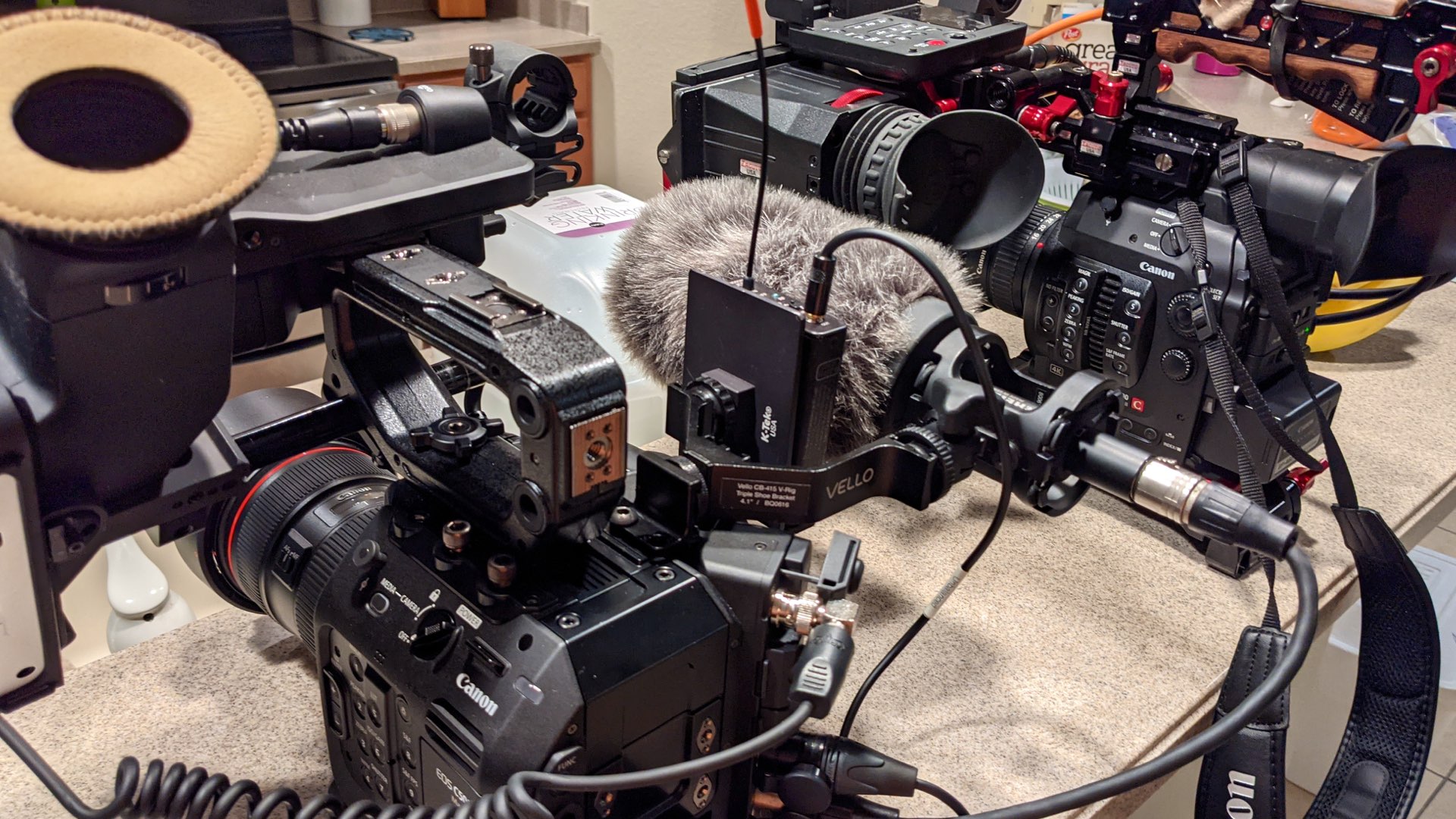
For Wasteland, we chose 2.39:1 for a variety of reasons but most importantly to create a different feel – an elevated one perhaps – that one would not expect when looking at such a visceral subject.
Getting your film into Paramount +
How did you get your project to stream on Paramount +? Please grant some advice for filmmakers who seek the streamers.
Elisa and I made the feature documentary Welcome to Pine Lake. We were fortunate in that CBS Streaming was moving towards feature documentary acquisitions and ours hit their radar. Welcome to Pine Lake was their first feature acquisition. As a result, it began streaming on the other Viacom/CBS platforms as well. It was as a result of that film that they hired us to produce the four-part Wasteland series. Before that Help Us Find Sunil Tripathi was in quite a few film festivals and through that exposure, especially Hot Docs in Toronto, we were able to get a distributor (FilmBuff, today known as Gunpowder and Sky). That led to broadcasts on Al Jazeera, the Canadian Broadcasting Corporation, and many other international streaming and broadcasting outlets. Getting a film onto a platform is always a challenge. In fact, after funding, it is the biggest challenge. I think film festivals are an invaluable tool to get your film noticed. Big festivals, small festivals, show your films to people, and make a point to meet people at festivals. Ask for advice about your film and the best strategy when it comes to festivals. I got so much incredibly helpful advice from festival programmers about things to do and things not to do. You can also place your film on platforms like Vimeo which will host the film and add it to their streaming library. I did this with a film that I directed back in 2012 that had already had its run of festivals and broadcasts.
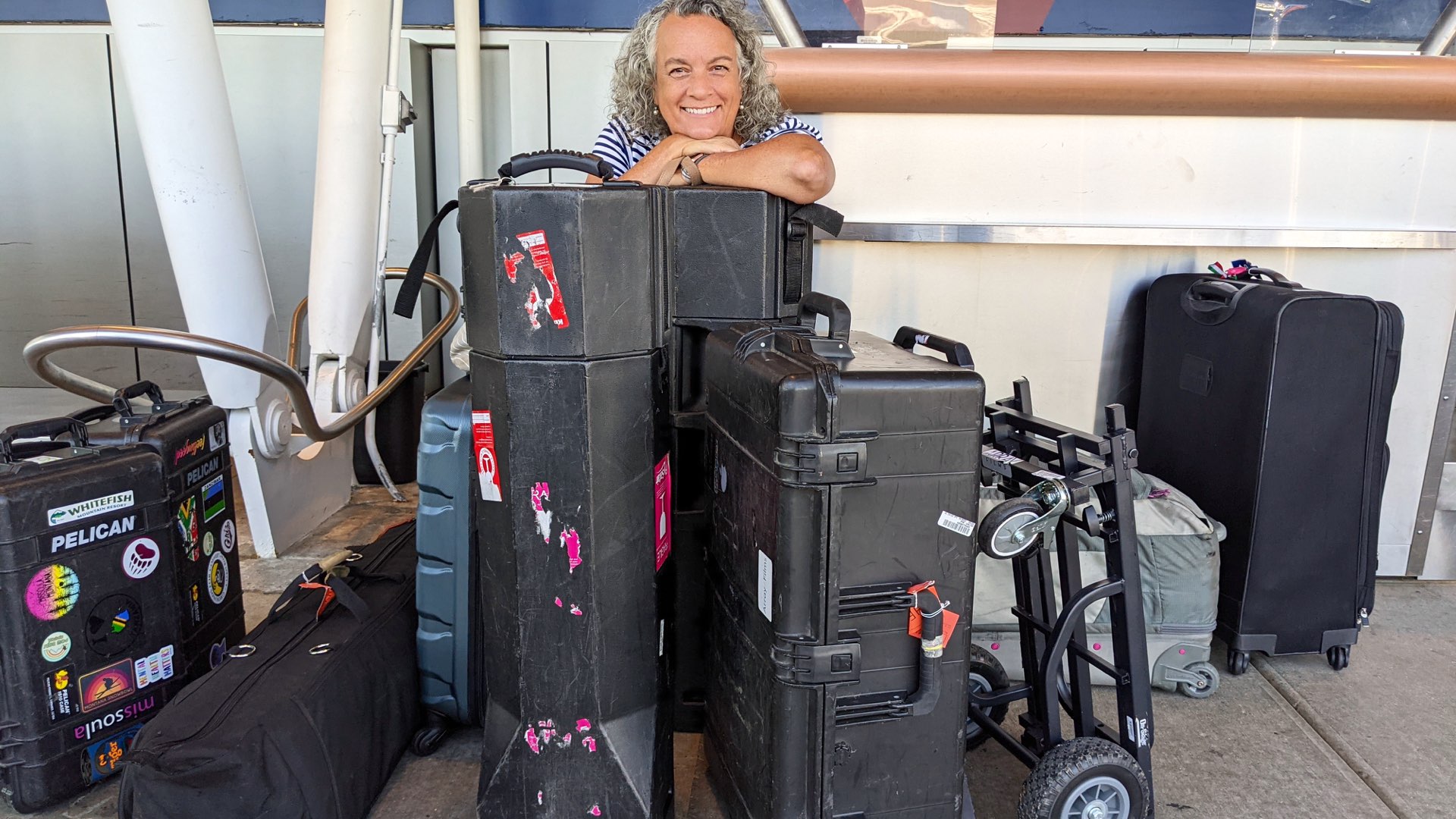
Getting a film onto a platform is always a challenge. In fact, after funding, it is the biggest challenge. I think film festivals are an invaluable tool to get your film noticed.
Final thoughts and personal insights
Being able to express oneself through film – the creative process that entails – is a true joy. It can also be frustrating (we all know how that feels!). But if we move past that and focus on the tools we use it is clear that the right tools facilitate the opening of creative doors that can elevate our work. I go into a documentary with an idea of what I think the story is, and what I think it should look like, but the reality is that life is not that way. We are thrown curveballs, the story changes, and our perceptions change. Being able to roll with those changes without freaking out is key. You can only be in one place at one time with one camera and one lens attached to that camera. That’s what it always boils down to. You can’t film everything (we call that dream-o-vision). You focus on what is in front of you and let the rest go. And when you hit the edit room you will have what you need. My work has been made inexorably closer to what I hope to achieve when I am filming by the tools I have chosen to use. My Canon camera is the gateway to that. The rest is inside.
Pictures in the article: Cinematographer Neal Broffman, and producer Elisa Gambino. Credit: Paramount Global
Product List
Here’re the products mentioned in the article, and the links to purchase them from authorized dealers.
- Canon EOS C500 Mark II 5.9K Full-Frame
- Canon Cinema EOS C300 Mark II




